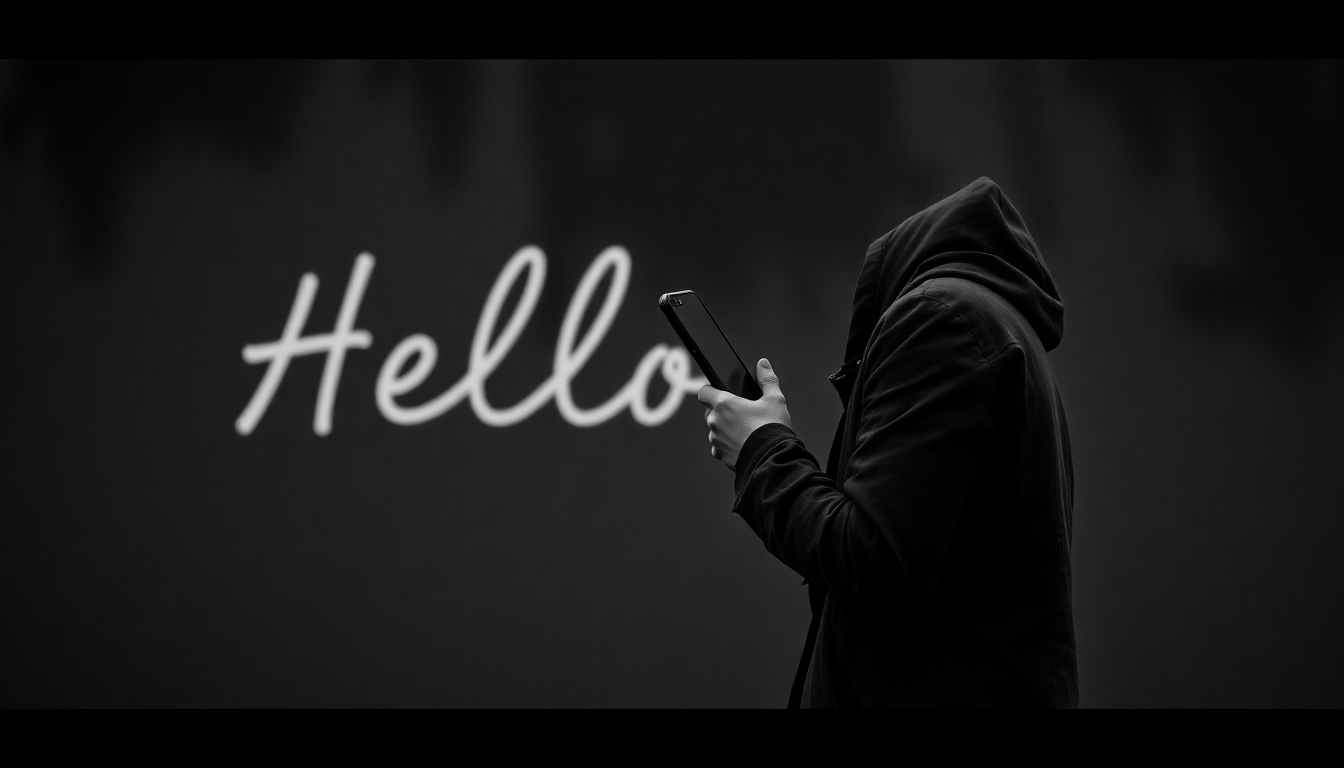Table of Contents
The recent court proceedings involving Liam Og O hAnnaidh, better known as Mo Chara, have ignited a heated debate about the limits of artistic expression and political advocacy in the music scene. This 27-year-old rapper is currently facing serious allegations of supporting Hezbollah, a group classified as a terrorist organization, after he reportedly waved the group’s flag during a performance in London last November. But what does this mean for freedom of speech and artistic performance? Let’s dive into the details.
What Happened?
On November 21, at a concert by the Irish rap group Kneecap, O hAnnaidh allegedly waved the yellow flag associated with Hezbollah while making statements like “Up Hamas, up Hezbollah.” However, the group claims the flag was thrown onto the stage, prompting questions about his intent and the circumstances surrounding the incident. This event took place amid a growing sensitivity to political statements in music, especially those linked to global conflicts and organizations deemed terrorist.
Fast forward to May, when O hAnnaidh was charged under the Terrorism Act, which criminalizes displaying materials that might suggest support for banned organizations. The legal framework surrounding such displays is strict, reflecting broader societal concerns about extremism and the spread of extremist ideologies through popular culture.
The Court Appearance and Public Reaction
When O hAnnaidh appeared at Westminster Magistrates’ Court, he wore a keffiyeh scarf, a symbol often associated with Palestinian solidarity. His arrival attracted a swarm of photographers, highlighting the public’s interest in the case. Inside the courtroom, he was accompanied by an Irish language interpreter, underscoring the personal and cultural significance of this legal battle.
Supporters filled the gallery, showcasing the stark divide in public opinion regarding the rapper’s actions. While some argue that displaying the flag is a valid political statement, others see it as a troubling endorsement of violence and extremism. This incident underscores the challenges artists face when navigating the tricky terrain of political expression in a highly charged sociopolitical climate. How do you think musicians can balance their art and activism without crossing the line?
What Does This Mean for Artistic Expression?
O hAnnaidh’s ongoing legal troubles spotlight crucial conversations about the boundaries of artistic expression. This case raises important questions about the role of artists in political discourse and the potential repercussions they might face for their views. Finding a balance between free speech and accountability is tricky, especially in performance art, where the lines between creativity and activism often blur.
As this case unfolds, it’s crucial to think about the broader implications for musicians and artists who tackle political themes in their work. The demand for clear guidelines on what constitutes acceptable expression in art is becoming increasingly urgent, particularly as the intersection of culture and politics continues to change. The outcome of this case could set important precedents for future instances where artistic expression meets sensitive political issues. Are we ready to navigate these uncharted waters together?


